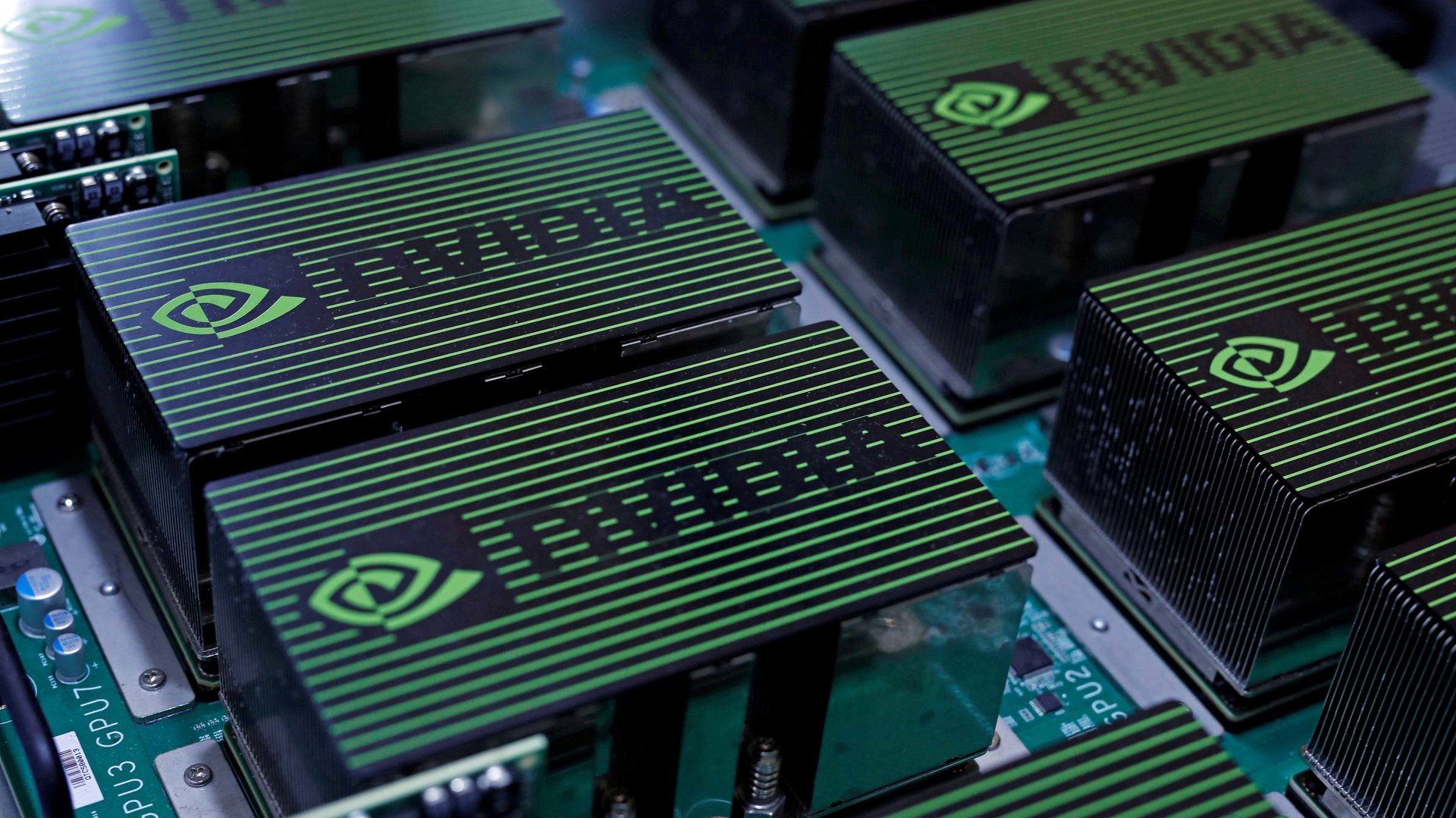The chip shortage is pitting bitcoin miners against gamers
In the niche world of customers for high-end semiconductors, a bitter feud is pitting bitcoin miners against hardcore gamers. At issue is the latest line of NVIDIA graphics cards—powerful, cutting-edge chips with the computational might to display the most advanced video game graphics on the market.


In the niche world of customers for high-end semiconductors, a bitter feud is pitting bitcoin miners against hardcore gamers. At issue is the latest line of NVIDIA graphics cards—powerful, cutting-edge chips with the computational might to display the most advanced video game graphics on the market.
Gamers want the chips so they can experience ultra-realistic lighting effects in their favorite games. But they can’t get their hands on NVIDIA cards, because miners are buying them up and adapting them to crunch cryptographic codes and harvest digital currency. The fierce competition to buy chips—combined with a global semiconductor shortage—has driven resale prices up as much as 300%, and led hundreds of thousands of desperate consumers to sign up for daily raffles for the right to buy chips at a significant mark-up.
To broker a peace between its warring customers, NVIDIA is, essentially, splitting its cutting-edge graphics chips into two dumbed-down products: GeForce for gamers and the Cryptocurrency Mining Processor (CMP) for miners. GeForce is the latest NVIDIA graphics card—except key parts of it have been slowed down to make it less valuable for miners racing to solve crypto puzzles. CMP is based on a slightly older version of NVIDIA’s graphics card which has been stripped of all of its display outputs, so gamers can’t use it to render graphics.
Splitting the chip market in two
NVIDIA’s goal in splitting its product offerings is to incentivize miners to only buy CMP chips, and leave the GeForce chips for the gamers. “What we hope is that the CMPs will satisfy the miners…[and] steer our GeForce supply to gamers,” said CEO Jansen Huang on a May 26 conference call with investors and analysts. “Hopefully, in the combination of those two, we’ll see strong growth in our core gaming business through the year.”
Ultimately, NVIDIA’s priority is to keep its loyal gaming customers happy, according to Bank of America analyst Vivek Arya. Miners are flooding into the market for graphics cards because bitcoin prices are high—but cryptocurrencies are unpredictable, and the miners’ demand for chips could dry up with the next crypto crash. Gamers, on the other hand, will always want the latest graphics processors. “Part of it is maintaining that trust with the [gaming] customers they know will be around long after mining goes away,” Arya said.
It won’t be easy to keep the miners at bay, however. NVIDIA tried releasing slowed-down graphics chips in February in an effort to deter miners from buying them, but it didn’t work. The miners quickly figured out how to hack the chips and make them perform at full-speed again. NVIDIA announced May 18 it would release a newer, harder-to-crack version of its slowed-down graphics cards that should be utterly useless to miners—and hopefully give gamers a chance to buy them.